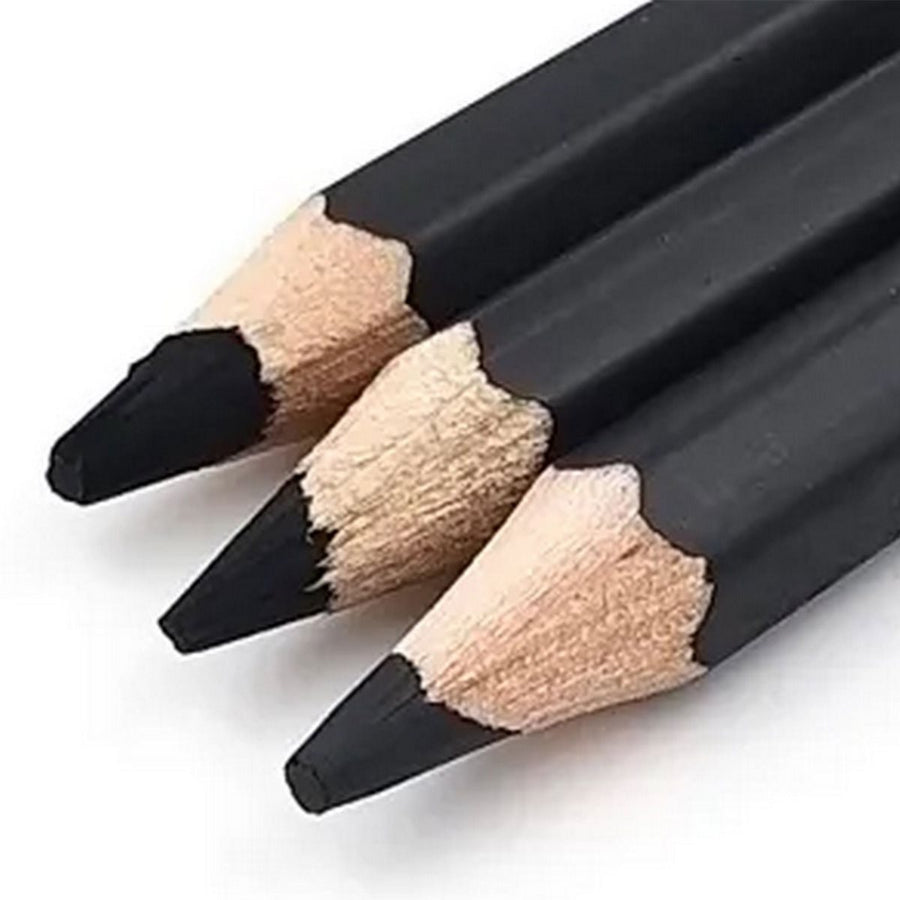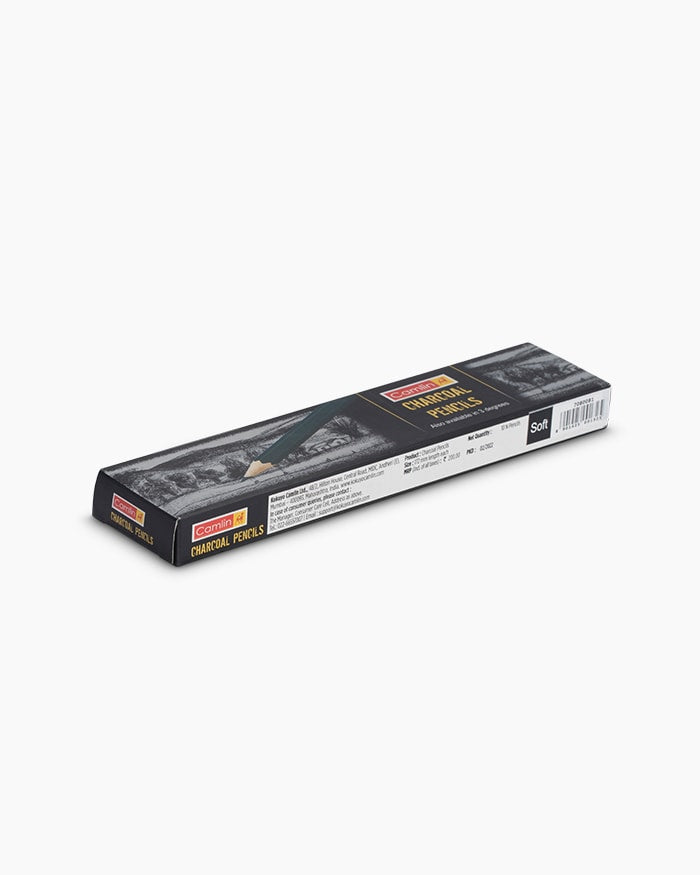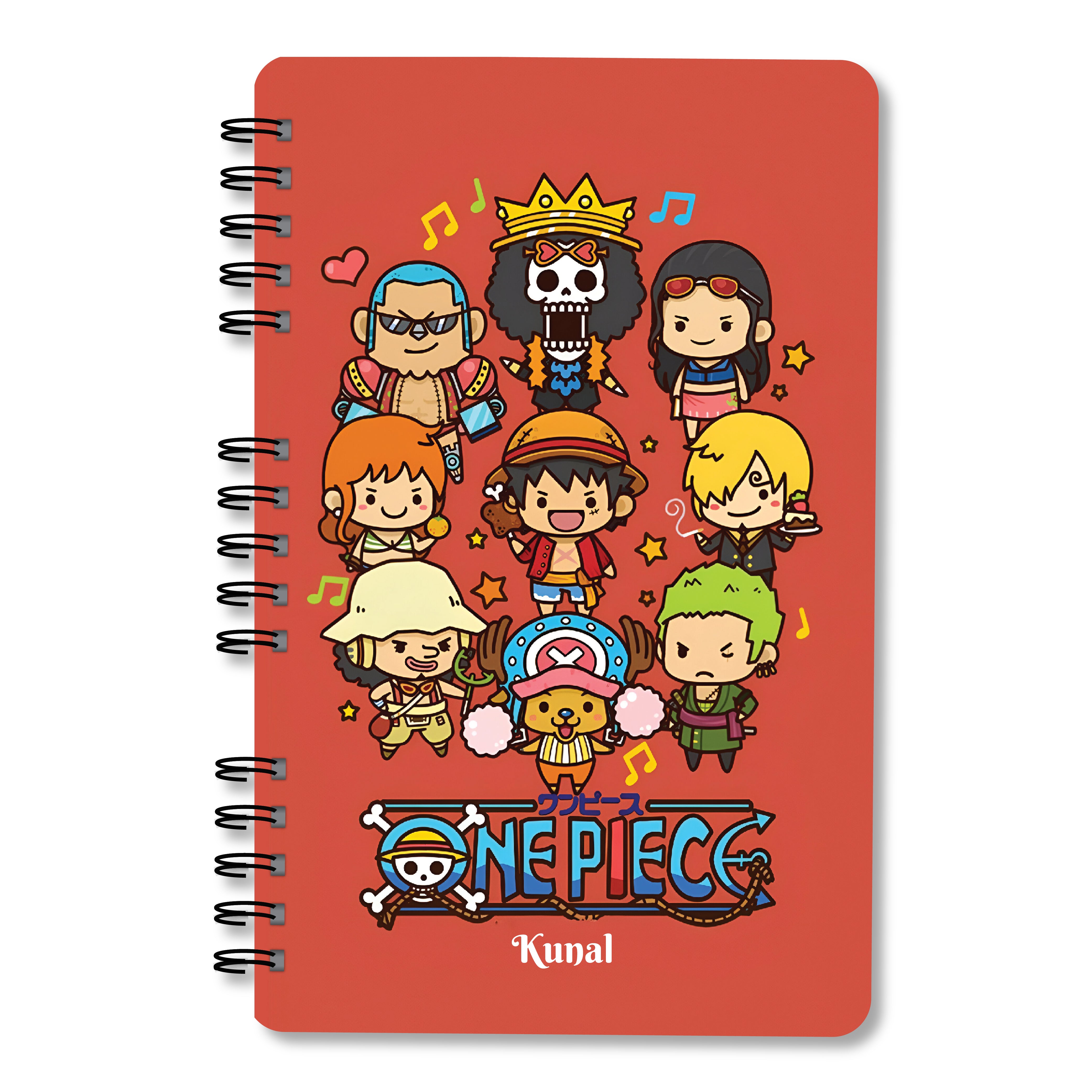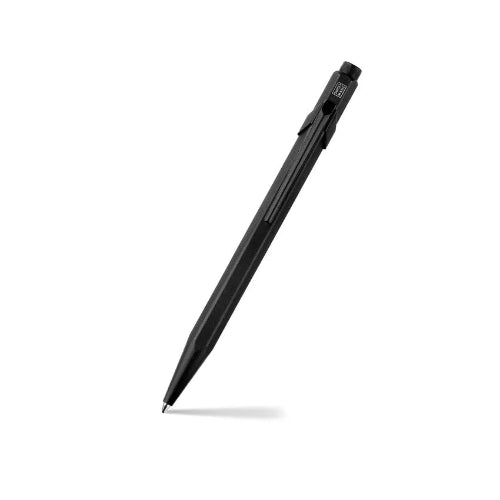Comprehensive Guide to Different Types of Sketch Pens for Artists
Sketch pens are essential tools for artists, offering versatility and precision for various art forms. Whether you are a beginner or a seasoned artist, understanding the types of sketch pens available can significantly impact your artwork. This guide delves into the types of sketch pens, exploring their features, uses, and benefits.
Understanding Sketch Pens
Sketch pens are tools used for creating art, illustrations, and designs. They come in various types, each suited for different artistic needs. Choosing the right sketch pen can make a significant difference in your work, offering the right balance of control, ink quality, and durability.
Overview of Different Sketching Pen Types
There is a vast range of sketch pens available, each designed to meet specific artistic requirements. From technical pens for precise line work to brush pens for expressive strokes, the options are plentiful. Here, we explore the most popular types of sketch pens.
Detailed Descriptions of Sketch Pen Types
Copic Multiliner SP Sketch Pens
Features and Uses Copic Multiliner SP pens are highly regarded in the art community for their high-quality pigment-based ink and fine tips. These pens are designed for detailed illustrations, manga, and technical drawings. The refillable nature of Copic Multiliner SP makes them a cost-effective option for long-term use. Artists appreciate their waterproof and fade-resistant qualities, which ensure the longevity of their work. These pens are available in various tip sizes, allowing for versatility in line width and precision.
Pros and Cons
- Pros:
- Refillable, making them environmentally friendly and cost-effective.
- Waterproof and fade-resistant ink ensures the durability of artwork.
- A variety of tip sizes cater to different artistic needs.
- Consistent ink flow for a smooth drawing experience.
- Cons:
- More expensive than other sketch pens.
- Delicate tips that may require careful handling.
Various art pens: Copic Multiliner SP is highly preferred by professionals for its superior quality, making it a staple in the toolkit of illustrators, architects, and designers.
Rotring Rapidograph Sketch Pens
Features and Uses Rotring Rapidograph pens are renowned for their precision, making them ideal for technical drawings and intricate line work. These pens feature a capillary ink system that ensures consistent ink flow. The fine, rigid tips of these pens make them perfect for engineers, architects, and illustrators who require ultra-precise lines. They are especially useful on tracing paper and vellum drawing paper.
Pros and Cons
- Pros:
- Produces extremely precise lines, perfect for technical drawings.
- Consistent ink flow prevents interruptions during detailed work.
- Suitable for use on various specialized papers.
- Cons:
- Requires regular maintenance to prevent clogging.
- Steep learning curve for beginners.
Different sketching pen types: Rotring Rapidograph stands out for its unparalleled precision, making it a preferred choice for professional technical drawings and detailed illustrations.
Sakura Pigma Micron Sketch Pens
Features and Uses Sakura Pigma Micron pens are popular for their archival-quality ink, which is both waterproof and fade-resistant. These pens are favoured by artists, illustrators, and writers for detailed drawings and notes that need to last. The ink quality ensures that artwork remains vibrant and sharp over time, making it suitable for professional use.
Pros and Cons
- Pros:
- Long-lasting, archival-quality ink that resists fading.
- Waterproof, preventing smudging from accidental spills.
- Available in various tip sizes for detailed work.
- Cons:
- Non-refillable, leading to higher long-term costs.
- Ink can dry out if not used frequently.
Artistic pen options: Sakura Pigma Micron pens are widely recognized for their reliability and are a go-to for many artists needing durable and precise tools for their projects.
Prismacolor Premier Illustration Markers
Features and Uses Prismacolor Premier markers are filled with rich, pigment-based ink that provides the vibrant and consistent colour. These markers are perfect for illustrations, graphic design, and detailed art projects. The smooth application and variety of colours make them a favourite among artists looking to add depth and vibrancy to their work.
Pros and Cons
- Pros:
- Vibrant colours that remain consistent and bold.
- Smooth ink application for professional-quality illustrations.
- Fade-resistant, ensuring the longevity of the artwork.
- Cons:
- Non-refillable, which can be costly over time.
- Ink can bleed through thin paper.
Sketch pen varieties: Prismacolor markers offer a broad spectrum of vivid colours, making them ideal for artistic expression and detailed illustrations.
Uni Pin Fineliner
Features and Uses Uni Pin Fineliners are celebrated for their fine tips and waterproof ink, making them ideal for technical drawings, illustrations, and graphic design. These pens provide smooth and precise lines, essential for detailed work. They are durable and offer consistent performance, which is crucial for professionals.
Pros and Cons
- Pros:
- Waterproof ink ensures smudge-free artwork.
- Fine tips provide precision for detailed drawings.
- Durable and reliable for consistent use.
- Cons:
- Limited colour options compared to other brands.
- Non-refillable, leading to higher costs over time.
Different sketching pen types: Uni Pin Fineliners are excellent for technical and detailed artistic work, providing the precision and durability that professionals rely on.
Staedtler Pigment Liner
Features and Uses Staedtler Pigment Liners offer high-quality pigment ink that is waterproof and lightfast. These pens are ideal for detailed sketches, technical drawings, and note-taking. The ink quality ensures that the artwork remains intact and vibrant over time, making it suitable for professional use.
Pros and Cons
- Pros:
- Waterproof and lightfast ink for durable artwork.
- Available in various tip sizes for different line widths.
- Smooth and consistent ink flow.
- Cons:
- Non-refillable, which can be more expensive long-term.
- Higher price point compared to some other pens.
Artistic pen options: Staedtler Pigment Liners are favoured for their durability and precision, making them a reliable choice for artists and designers who need consistent performance.
Faber Castell Sketch Pens
Features and Uses Faber Castell sketch pens are known for their vibrant colours and thick lines, making them perfect for colouring, doodling, and broad strokes in illustrations. These pens are versatile and provide rich, consistent colour, which is ideal for various art projects.
Pros and Cons
- Pros:
- Rich, vibrant colours suitable for colouring and broad strokes.
- Thick lines that fill large areas quickly and effectively.
- Versatile for multiple art forms.
- Cons:
- Not suitable for fine details and precision work.
- Non-refillable, which can increase costs over time.
Various art pens: Faber Castell offers a range of colours for different artistic needs, making them a versatile option for artists who require bold and vibrant tools.
Tombow Dual Brush Pens
Features and Uses Tombow Dual Brush Pens feature a dual-tip design, with a flexible brush tip on one end and a fine tip on the other. These pens are perfect for blending, shading, and creating detailed illustrations. The dual-tip functionality provides versatility, making them ideal for a variety of artistic techniques.
Pros and Cons
- Pros:
- Dual-tip design offers flexibility for different artistic needs.
- Blendable ink for smooth gradients and shading.
- Vibrant colours that are consistent and fade-resistant.
- Cons:
- Non-refillable, leading to higher long-term costs.
- Can be more expensive compared to single-tip pens.
Sketch pen varieties: Tombow Dual Brush Pens are ideal for versatile artistic techniques, allowing artists to create both detailed and expressive works.
Silhouette Sketch Pens
Features and Uses Silhouette sketch pens are designed for use with electronic cutting machines, providing precise and smooth lines for various projects such as card making, scrapbooking, and personalized gifts. These pens are compatible with the Silhouette Cameo and other electronic cutting machines, making them perfect for detailed and custom projects.
Pros and Cons
- Pros:
- High precision for detailed projects.
- Compatible with electronic cutting machines for custom designs.
- Available in a variety of colours.
- Cons:
- Limited use without a cutting machine.
- Non-refillable, which can be costly over time.
Artistic pen options: Silhouette Sketch Pens are perfect for creating detailed and personalized projects, making them a valuable tool for artists and crafters.
Choosing the Right Sketch Pen for Your Art
Factors to Consider
- Ink Type: Different pens use various types of ink, such as pigment-based, dye-based, or water-based. Consider the permanence, water resistance, and colour vibrancy of the ink.
- Tip Size: The size of the pen tip determines the thickness of the lines. Choose a tip size that matches your project requirements, whether it's fine lines for detailed work or broad strokes for colouring.
- Durability: Look for pens that offer longevity and durability, especially if you use them frequently. Refillable pens can be more cost-effective in the long run.
- Brand Reputation: Opt for reputable brands known for their quality and consistency. Reading reviews and seeking recommendations can help in making an informed decision.
- Sketch pen varieties: Consider the variety of options available and how they align with your artistic needs.
Tips for Using Sketch Pens Effectively
- Proper Grip and Pressure: Holding the pen correctly and applying the right amount of pressure can significantly impact your lines' quality. Practice different grips to find what works best for you.
- Blending and Shading Tips: Some pens, like Tombow Dual Brush Pens, are excellent for blending and shading. Experiment with different techniques to achieve smooth gradients and effects.
- Maintenance and Care: Proper care extends the life of your sketch pens. Keep the caps tightly closed, store them horizontally, and clean the tips regularly to prevent clogging.
- Artistic pen options: Explore various pens and techniques to enhance your artwork.
Conclusion
Choosing the right sketch pen can significantly enhance your artistic work. By understanding the different types of sketch pens and their unique features, you can select the best tools for your needs. Experiment with various sketching pen types and artistic pen options to find the perfect fit for your creative projects.
Frequently Asked Questions
Q1. What are the best sketch pens for beginners?
Ans: For beginners, Sakura Pigma Micron and Uni Pin Fineliners are excellent choices due to their ease of use and reliable ink quality.
Q2. How do I prevent my sketch pens from drying out?
Ans: Always cap your pens tightly after use and store them horizontally to ensure even ink flow.
Q3. Can sketch pens be used on watercolour paper?
Ans: Yes, many sketch pens, like Staedtler Pigment Liners, are suitable for use on watercolour paper.
Q4. What are the advantages of using refillable sketch pens?
Ans: Refillable pens, such as Copic Multiliner SP, offer long-term cost savings and environmental benefits.
Q5. Are there sketch pens that offer dual tips?
Ans: Yes, Tombow Dual Brush Pens feature dual tips, providing versatility for different artistic techniques.
Q6. Which sketch pens are best for technical drawings?
Ans: Rotring Rapidograph and Staedtler Pigment Liner are ideal for technical drawings due to their precision and consistent ink flow.
Q7. Can sketch pens be used for calligraphy?
Ans: Yes, brush pens like Tombow Dual Brush Pens are perfect for calligraphy and hand lettering.
Q8. What types of ink are used in sketch pens?
Ans: Sketch pens can use pigment-based, dye-based, or water-based inks, each offering different properties like permanence and vibrancy.








